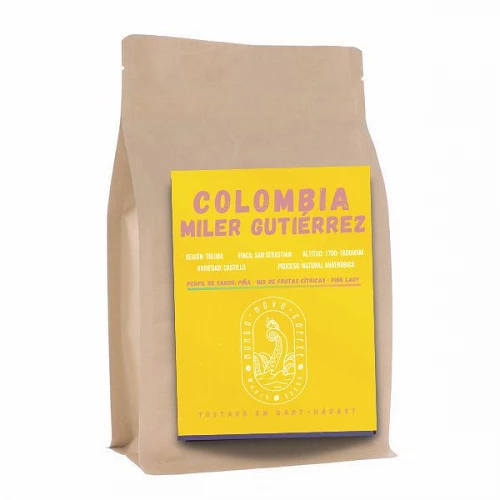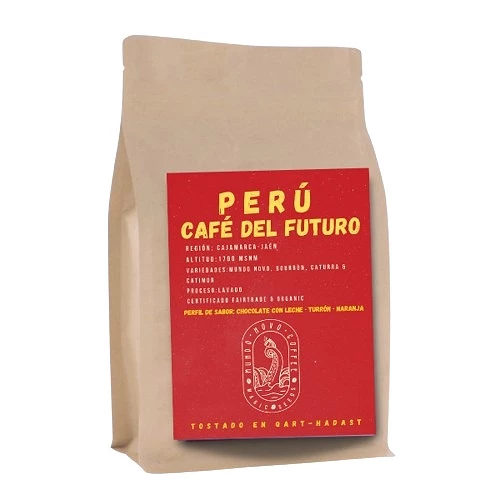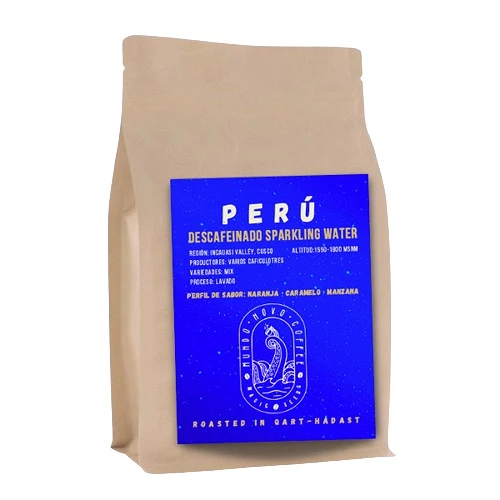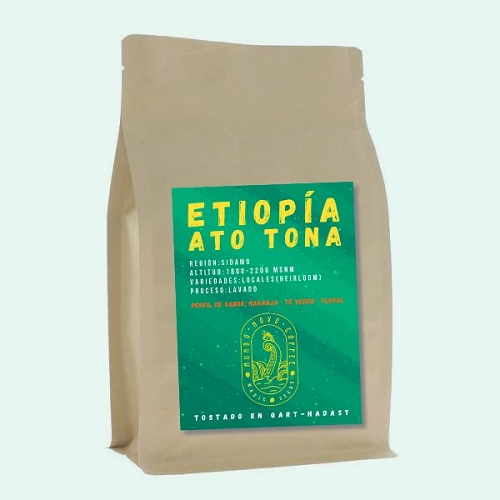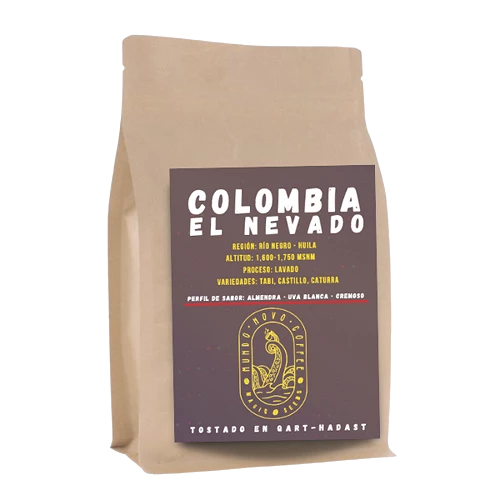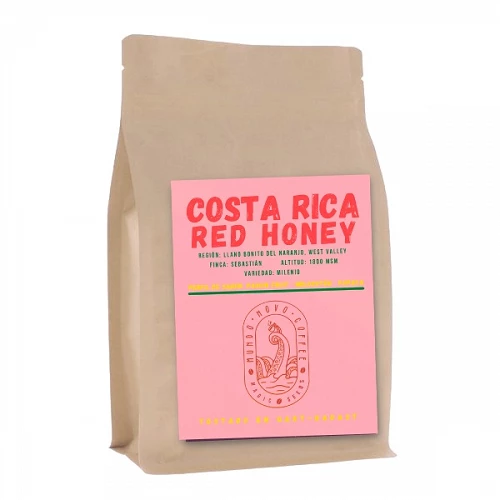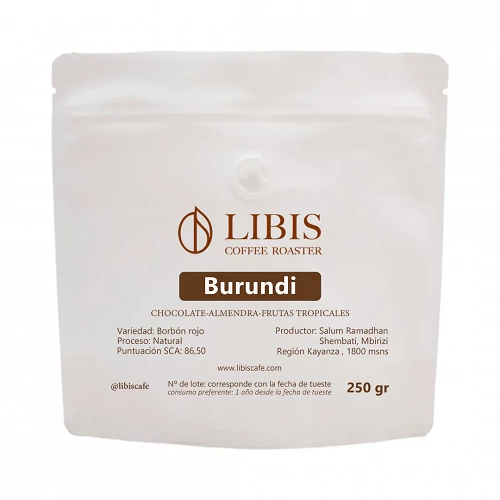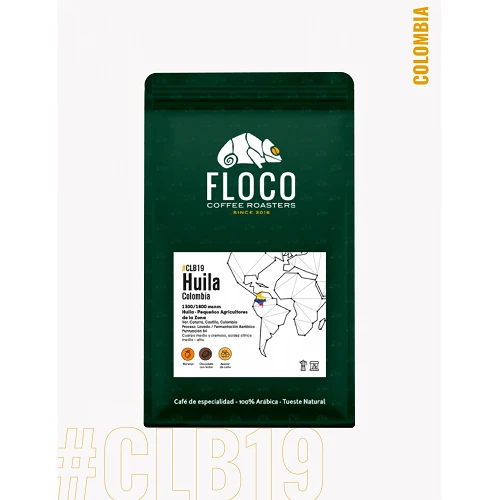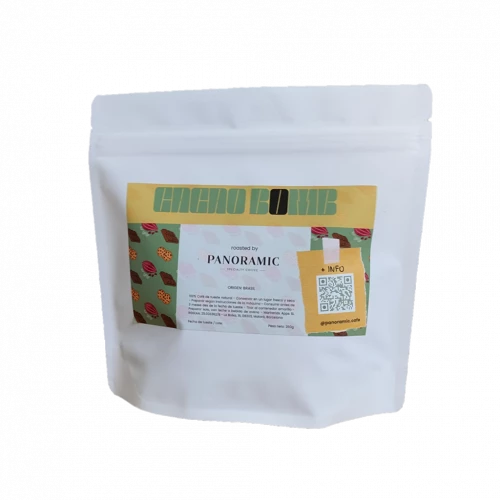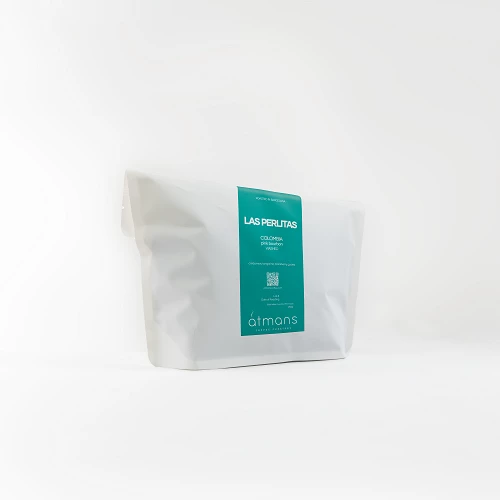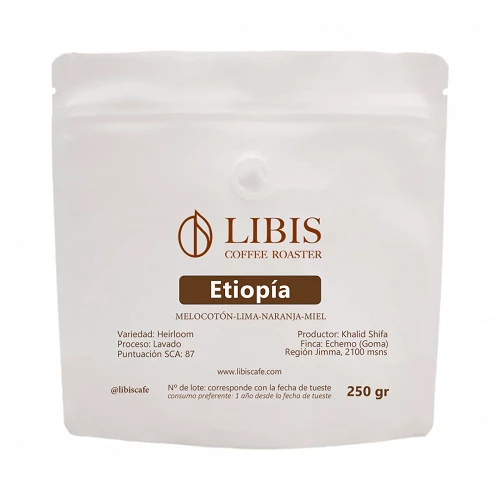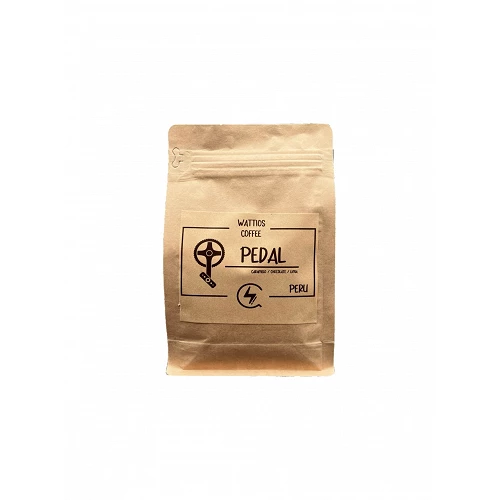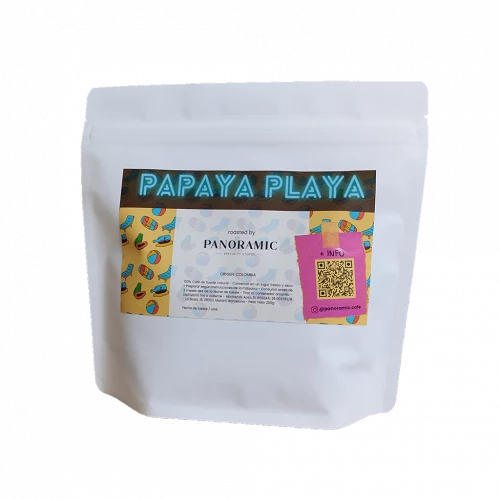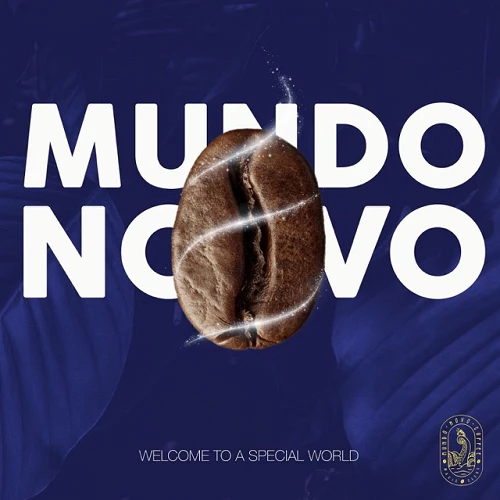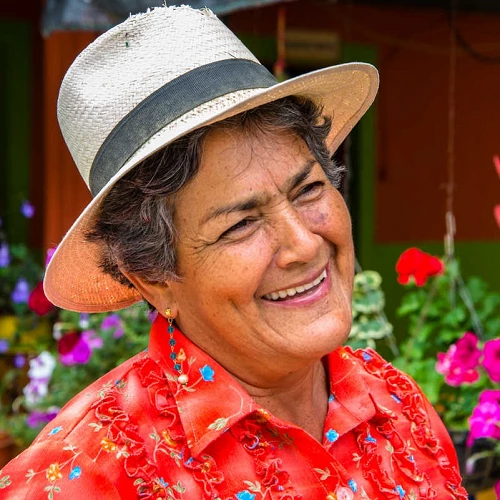Jose Miler Gutierrez - Colombia - Natural Anaerobic
Specialty Coffee from Colombia Jose Gutierrez
Fruity flavor, with notes of pure cocoa and a long aftertaste of toffee and red plum. Citric acidity and smooth body. It is a coffee that goes from luxury to espresso and moka pot, even for drip and immersion methods.
Origin: Tolima. Colombia
Altitude: 1,700 - 1,800 m
Variety: Castillo
Process: Natural Anaerobic
Farm: San Sebastian
Producer: Jose Miler Gutierrez
Tasting notes: Dark chocolate, Tropical fruit, Apple, Pineapple
Specialty Coffee from COLOMBIA Jose Gutierrez
José Miller Gutiérrez was introduced to anaerobic fermentation through a friend, and we are glad he did! His Natural Anaerobic has notes of tropical fruits and green grapes, yummy yummy!
José bought Finca San Sebastián in 2005 from the previous owner. But he used to work as a coffee picker on the farm before buying it. When the previous owner decided to sell it, he offered to have José buy it, so José worked to raise the money and he and the owner developed a payment plan. José is a third generation coffee farmer. A friend introduced him to anaerobic fermentation and he started producing natural anaerobics like this one.
The farm has volcanic loam soil. Volcanic marl is rich in nutrients and provides the ideal environment for coffee trees. In addition to coffee, José grows bananas and cassava.
The process as a quality factor
Pickers hand-pick ripe red cherries which are processed on the farm. Once picked, the workers re-sort the cherry to ensure that only the ripe cherry is processed. Selected cherries are placed in plastic bags and sealed to ferment anaerobically for 5 days. After fermentation, the cherry is placed in mechanical silos to dry. The temperature in the silos is carefully regulated and the cherry is slowly dried over 4 or 5 days.
More information about the Castillo variety
To obtain the variety, the Caturra variety and the Timor Hybrid, widely known genetic resources, were used as parents.
The Caturra variety, due to the low size of its plants, allows the establishment in high planting densities, favoring the obtaining of higher productions per surface unit. However, it is highly susceptible to coffee rust and cherry disease, caused by pathogenic fungi that limit production and significantly affect the quality of the coffee obtained.
The Timor Hybrid has been used as a resistant parent in breeding programs in several countries. It has at least 5 factors of specific resistance to rust and a polygenic background of incomplete resistance. It is postulated that it possesses several genes for resistance to the cherry disease caused by Colletotrichum kahawae, a disturbance that is still restricted to the African Continent, but that constitutes a potential threat to coffee growing in Colombia.
The History of Colombian Coffee
Since the beginning of the 19th century, Colombia has been producing and exporting coffees famous for their body and brilliant acidity. Thanks to its wide range of coffee-growing regions, microclimates, and altitudes, Colombia is able to meet the demand for coffee throughout the year.
Although coffee production in Colombia did not become a large commercial industry until the 19th century, it is likely that coffee was introduced to Colombia about a century earlier by Jesuit priests.
Once commercial production began, it spread rapidly. The first commercial coffee plantations were established in the east, near the border with Venezuela. Today, coffee is widespread and grown commercially in 20 of Colombia's 32 departments.
Historically, the most famous coffee region in Colombia has been the Coffee Region, also known as the “Coffee Triangle”. This region includes the departments of Caldas, Quindío and Risaralda. With a total combined area of 13,873 km², the region covers approximately 1.2% of the Colombian territory and makes up 15% of the total land cultivated with coffee in the country. The region has also been declared a UNESCO World Heritage Site.
Although the Eje Cafetero continues to be a coffee powerhouse, coffee production in Colombia now extends well beyond this area. In recent years, the departments of Huila, Tolima, Cauca, and Nariño have become highly regarded and well-known coffee-growing regions. These departments rose to such prominence thanks, in part, to their high scores in national and international tasting competitions, such as the Cup of Excellence.
Currently, it is estimated that there are 540,000 coffee farmers in the country, 95% of whom are small farmers with lands of less than 5 hectares. Together, these farmers contribute around 16% of the country's annual agricultural GDP.
Data sheet
- Country of Origin
- Colombia
- Roasted for
- Filter & Espresso
- Tasting notes
- Dark chocolate
Manzana
Pineapple
Tropical fruits - Processing



